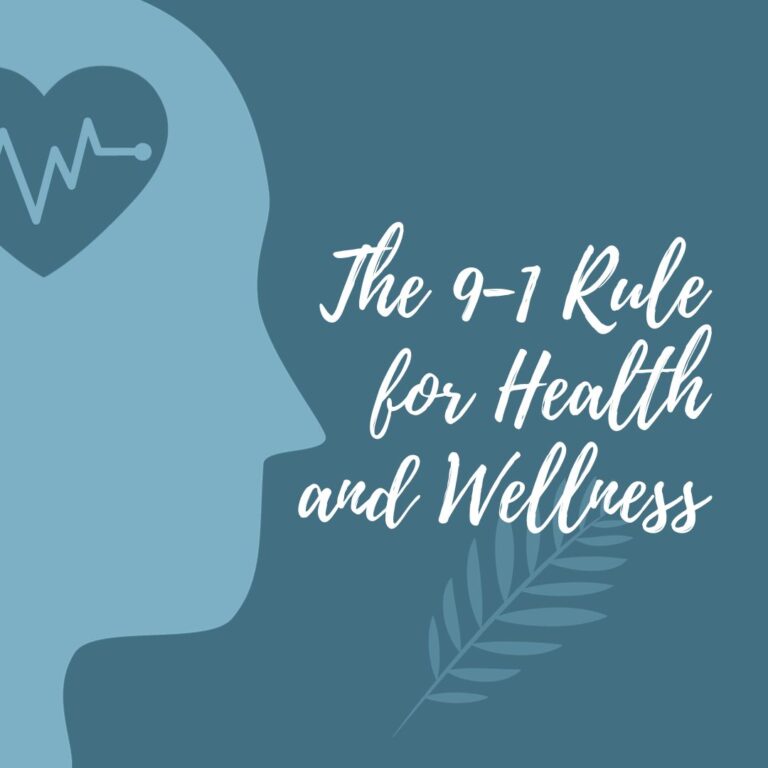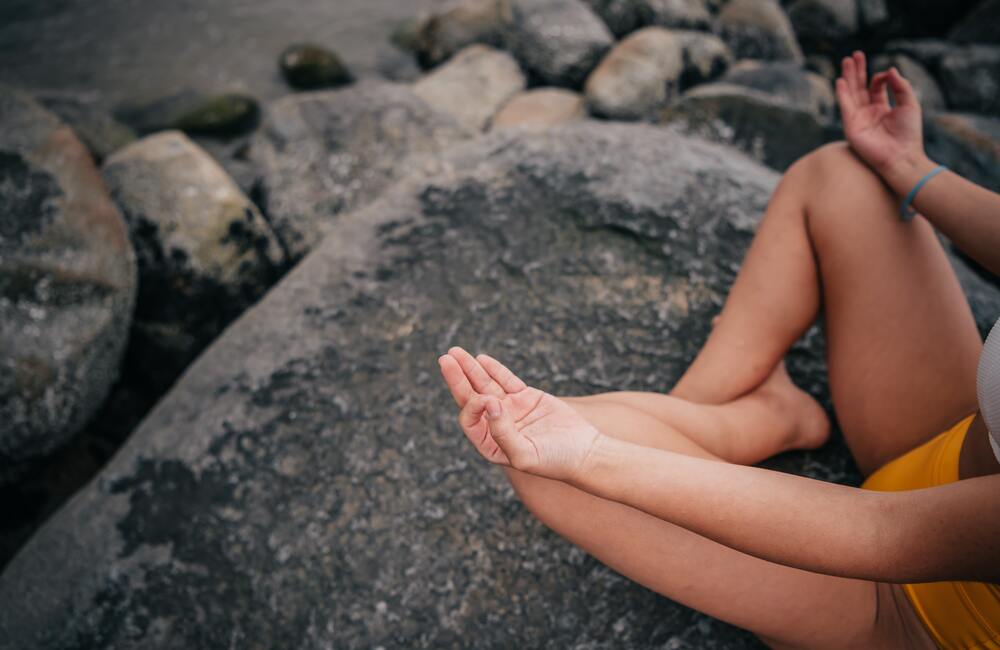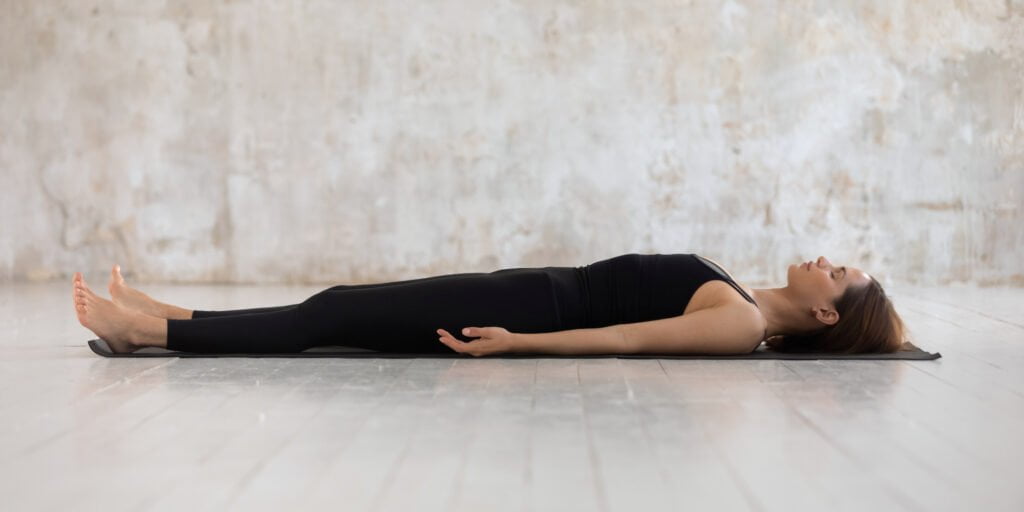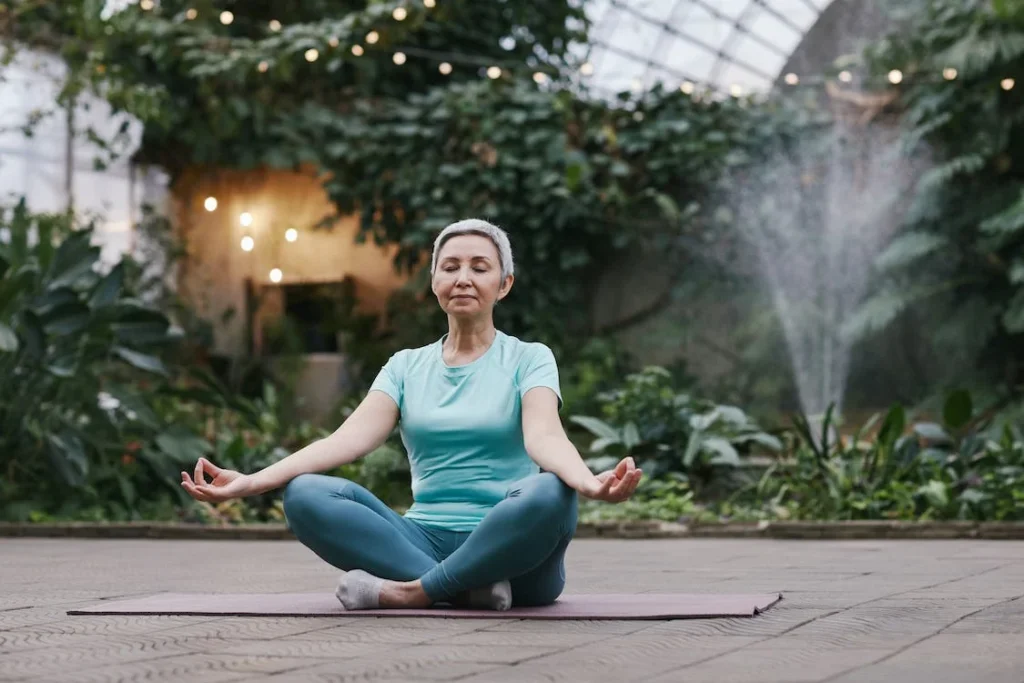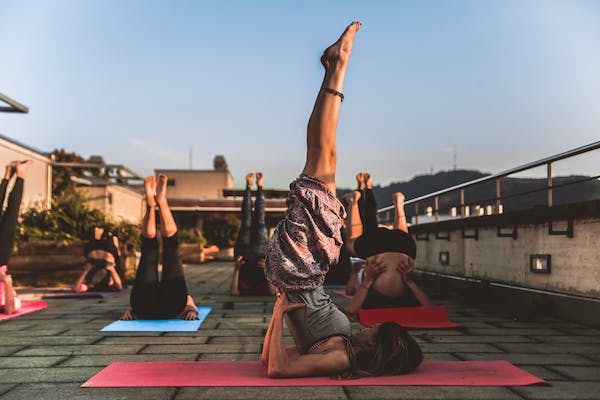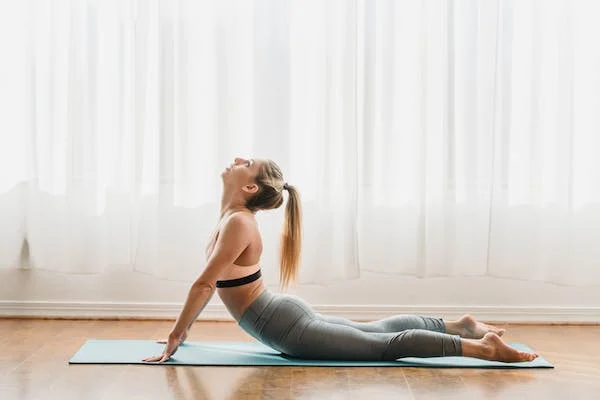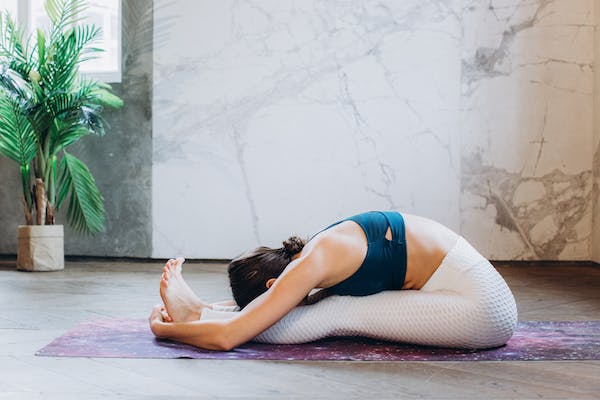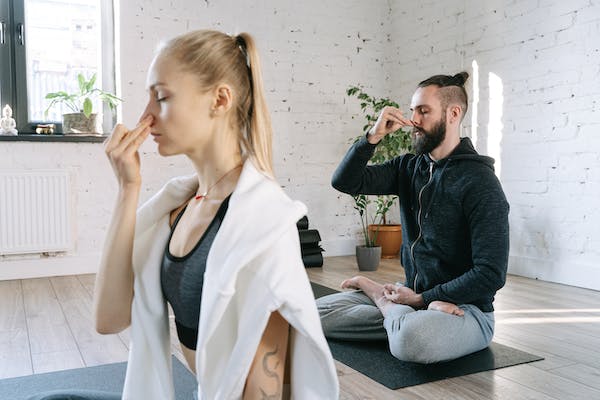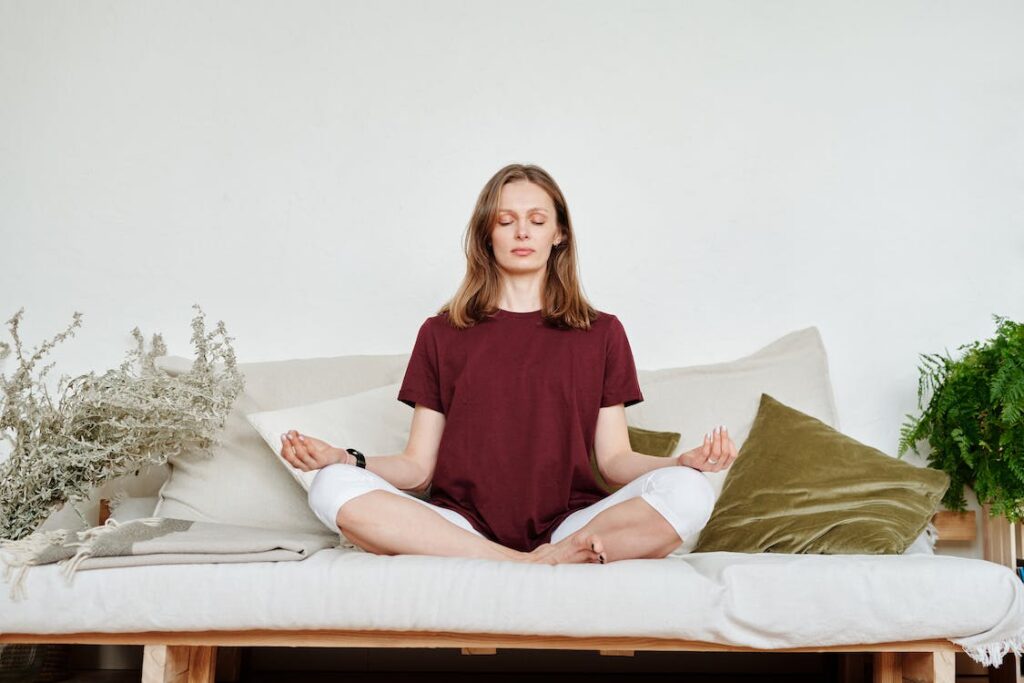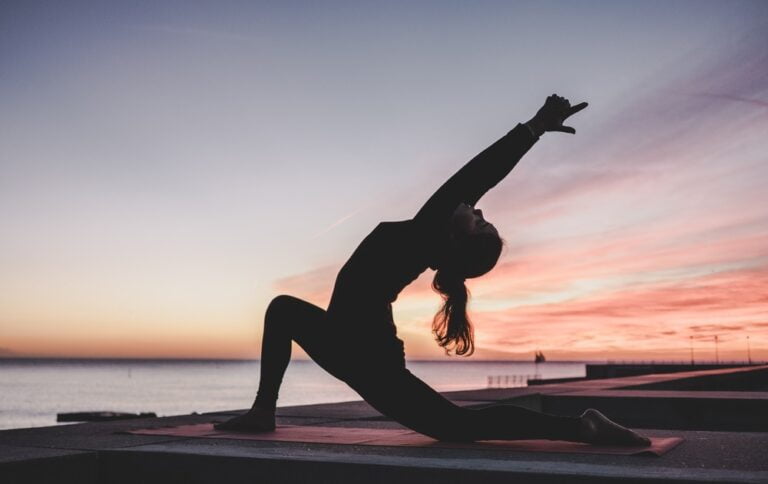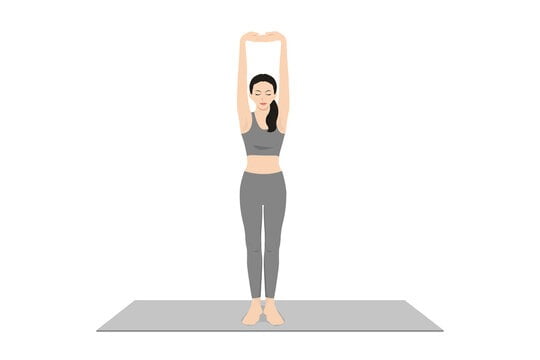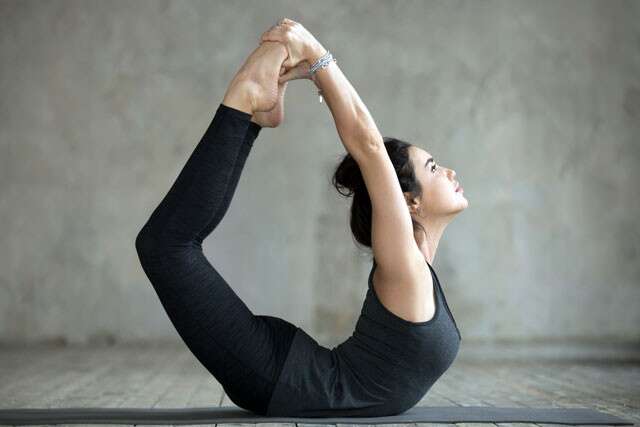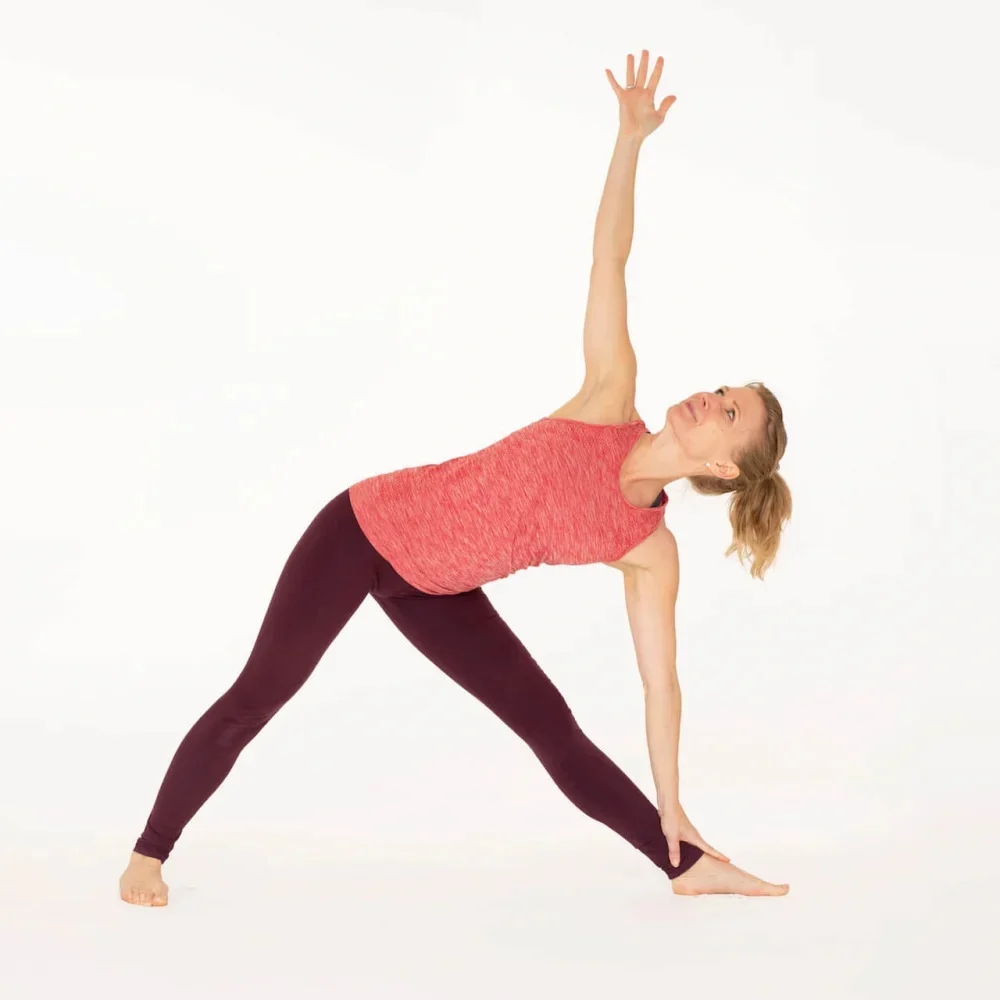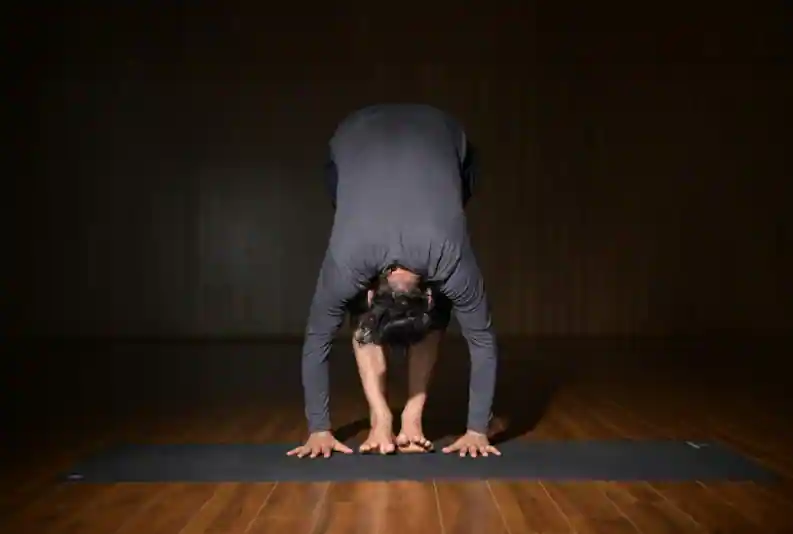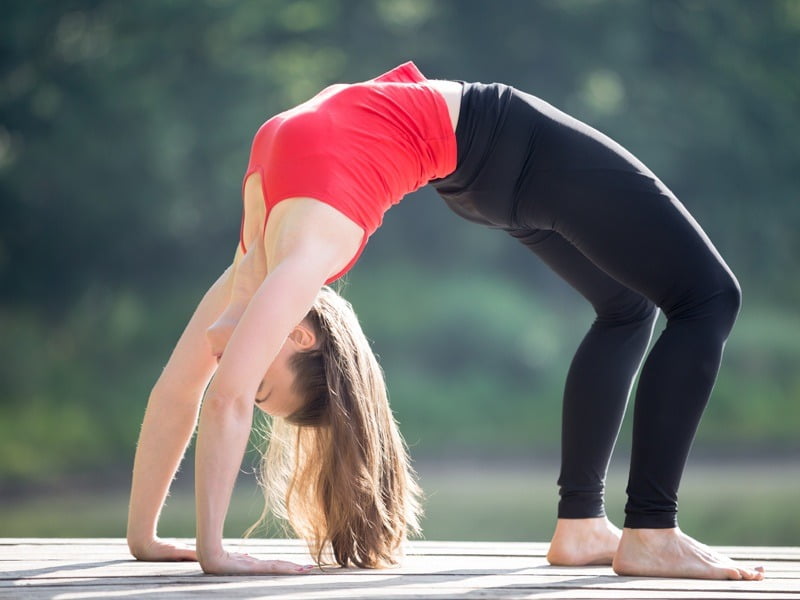Dealing with lower back pain can be challenging, affecting our daily lives and overall well-being. In search of holistic and effective solutions, many individuals are turning to the ancient practice of yoga. In this article, we will explore the best yoga poses specifically tailored to alleviate lower back pain, offering a natural and empowering approach to wellness.
Understanding Lower Back Pain
Before diving into the world of yoga poses, it’s crucial to understand the dynamics of lower back pain. Whether caused by poor posture, muscle strain, or other factors, comprehending the root of the issue is the first step toward finding relief. We’ll explore common causes and triggers, ensuring a comprehensive understanding.
Benefits of Yoga for Lower Back Pain
Yoga has gained widespread recognition for its myriad benefits, and its positive impact on lower back pain is no exception. This section will delve into how yoga promotes flexibility, strengthens core muscles, and enhances overall spine health, providing a foundation for long-term relief.
Key Considerations Before Starting Yoga
Embarking on a yoga journey for lower back pain requires careful consideration. Here, we’ll discuss essential factors such as consulting with healthcare professionals, understanding personal limitations, and setting realistic expectations to ensure a safe and effective practice.
Top 5 Yoga Poses for Lower Back Pain
Now, let’s get to the heart of the matter – the best yoga poses for alleviating lower back pain. Each pose will be explained in detail, highlighting its specific benefits and proper execution.
Downward-Facing Dog
One of the foundational poses in yoga, Downward-Facing Dog, offers a gentle stretch to the entire spine, promoting flexibility and strength.

We’ll guide you through the steps to achieve the perfect pose for maximum benefits.
Child’s Pose
A restorative pose often used for relaxation, Child’s Pose is an excellent way to release tension in the lower back. We’ll explore how to ease into this pose and reap its soothing rewards.

Also Read
Some Yoga Poses To Manage Cardiac Health
Cat-Cow Stretch
This dynamic duo of poses creates a gentle flow that helps improve spine flexibility. We’ll break down the Cat-Cow Stretch, guiding you through the movements for optimal lower back relief.

Cobra Pose
Focused on strengthening the back muscles, Cobra Pose is a staple in any lower back pain relief routine. We’ll share tips on form and alignment to ensure you get the most out of this invigorating pose.

Child’s Pose (Again)
Revisited for its versatility, Child’s Pose offers both relaxation and gentle stretching. We’ll highlight its significance in promoting overall back health and its easy incorporation into daily routines.
Tips for Proper Alignment
Achieving the right alignment is crucial for reaping the full benefits of yoga. In this section, we’ll provide practical tips and cues to help you maintain proper form during each pose, minimizing the risk of injury.
Incorporating Yoga into Daily Routine
Consistency is key when it comes to reaping the benefits of yoga for lower back pain. We’ll offer practical advice on seamlessly integrating these poses into your daily routine, making them accessible for everyone.
Listen to Your Body
Yoga is a personal journey, and listening to your body is paramount. We’ll emphasize the importance of tuning in to your body’s signals, allowing for modifications and adjustments.
Seeking Professional Guidance
For those new to yoga or dealing with specific health concerns, seeking professional guidance is crucial. We’ll discuss the value of consulting with certified yoga instructors or healthcare professionals to tailor a practice that suits individual needs.
Lifestyle Changes for Long-Term Relief
Beyond the yoga mat, certain lifestyle changes can contribute to long-term relief from lower back pain. This section will explore dietary considerations, ergonomic improvements, and other holistic approaches to support overall well-being.
Conclusion
In conclusion, embracing yoga poses tailored for lower back pain can be a transformative journey toward relief and enhanced well-being. By incorporating these poses into your routine, understanding your body’s needs, and making mindful lifestyle changes, you pave the way for a healthier and more comfortable life.
FAQs
- How often should I practice these yoga poses for optimal results? Consistency is key. Aim for at least three times a week, gradually increasing as your body becomes more accustomed.
- Can yoga worsen my lower back pain if not done correctly? It’s crucial to follow proper form and listen to your body. If you experience discomfort, consult a professional to ensure you practice safely.
- Are there variations for these poses for individuals with mobility issues? Absolutely. Certified instructors can provide modifications to accommodate various mobility levels and health conditions.
- Should I consult with a healthcare professional before starting these poses? Yes, especially if you have existing health concerns. Consulting with a healthcare professional ensures a tailored approach to your unique needs.
- How long does it take to experience relief from lower back pain through yoga? Results vary, but many individuals report improvement within a few weeks. Consistency and patience are key for long-term benefits.










